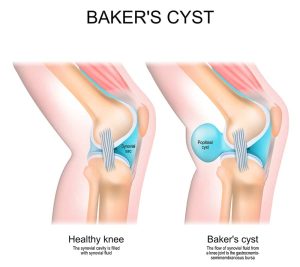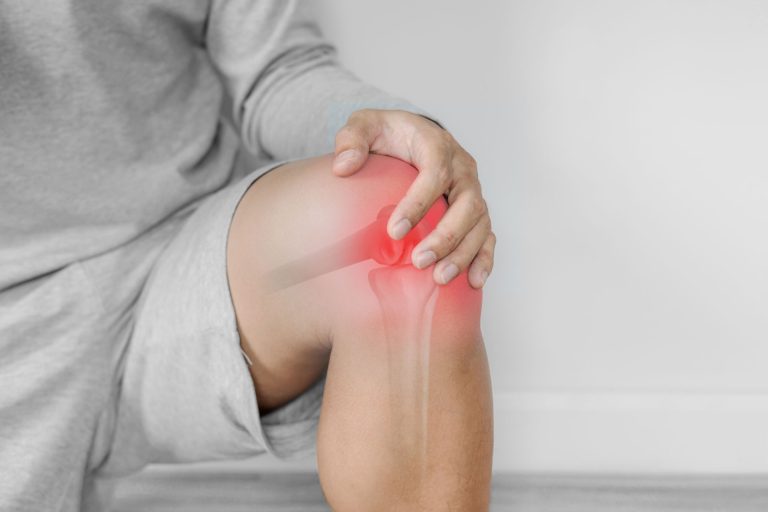

An Anterior Cruciate Ligament (ACL) tear is one of the most common knee injuries, particularly among athletes. The ACL is a key ligament that stabilizes the knee joint, and injuries to it can range from mild sprains or partial tears to complete ruptures. ACL tears often occur in sports that involve sudden movements, such as cutting, pivoting, or jumping. While ACL injuries can occur in both contact and non-contact situations, they are more prevalent in female athletes compared to males.
ACL tears typically result from sudden, high-impact movements, such as a quick change of direction or landing awkwardly after a jump.
High-risk sports: Sports like football, basketball, soccer, and skiing, which involve frequent pivoting, cutting, and jumping, increase the likelihood of an ACL tear.
Female sex: Studies show that female athletes are three times more likely to suffer from an ACL injury than their male counterparts, due to factors like differences in muscle strength, hormonal influences, and biomechanics.
Previous ACL injury: Having had an ACL tear in the past increases the risk of re-injury.
Age: ACL tears are more common in younger athletes, though they can occur in individuals of all ages.
An ACL tear often presents with the following symptoms:
A pop or crack sound at the time of injury, which can be heard or felt in the knee.
A feeling of instability or giving way in the knee, especially during pivoting or twisting movements.
Immediate swelling in the knee joint, which can be extensive, though it may sometimes be minimal or delayed.
Restricted knee movement, particularly the inability to fully extend the knee or bear weight.
Tenderness on the medial (inside) aspect of the knee, which may suggest a concurrent cartilage injury or damage to the meniscus.
At York-Med Physiotherapy & Wellness Centre, our registered physiotherapists and chiropractors will design a personalized rehabilitation program based on your specific injury, activity level, and fitness goals. Early intervention and a well-structured rehabilitation plan are critical for recovery and return to sport.
Flexibility exercises to improve joint mobility and reduce tightness around the knee.
Strengthening exercises focusing on the quadriceps, hamstrings, and other muscles that support the knee joint, helping to stabilize the knee during movement.
Endurance training to gradually restore physical fitness and endurance, which is essential for return to sport.
Coordination and agility training to improve balance, control, and the ability to perform sport-specific movements safely.
Our goal is to reduce pain, restore function, and provide you with the tools needed to prevent further injury and return to your active lifestyle.
At York-Med Physiotherapy & Wellness Centre, we specialize in the management of ACL injuries with a focus on evidence-based treatment and individualized care. Whether you’re an athlete recovering from an ACL tear or an active individual looking to regain mobility, our expert team is dedicated to guiding you through every step of your rehabilitation journey.
© 2020 York-Med Physiotherapy and wellness center | Richmond Hill & Vaughan. All Rights Reserved.
Designed by Magham Agency